50+ SAMPLE Exchange Agreement
-
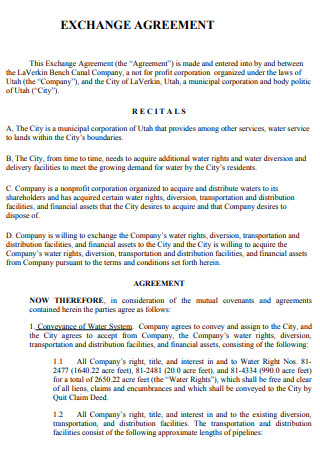
Exchange Agreement
download now -
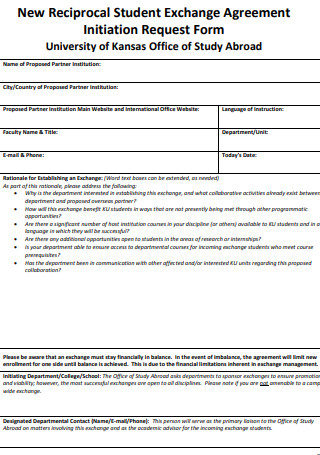
New Reciprocal Student Exchange Agreement
download now -
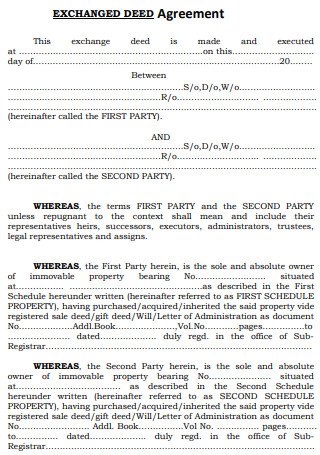
Exchange Deed Agreement
download now -
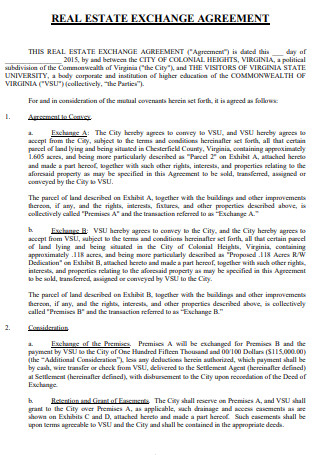
Real Estate Exchange Agreement
download now -
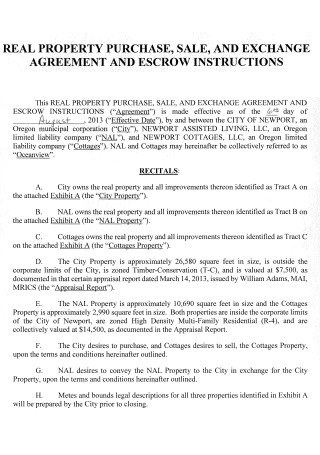
Real Property Purchase Exchange Agreement
download now -
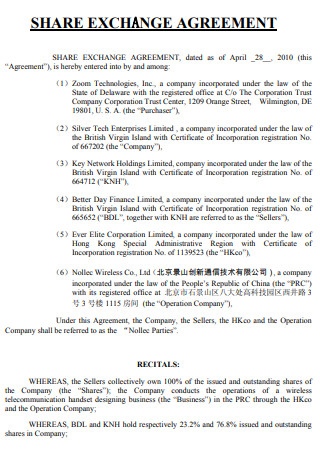
Share Exchange Agreement
download now -
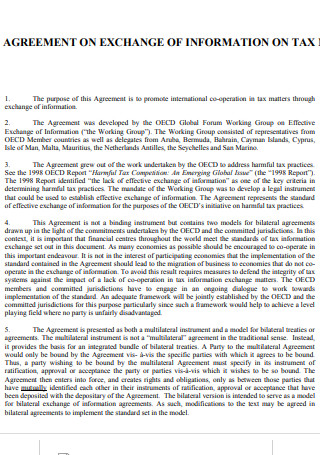
Exchange of Information on Tax Agreement
download now -
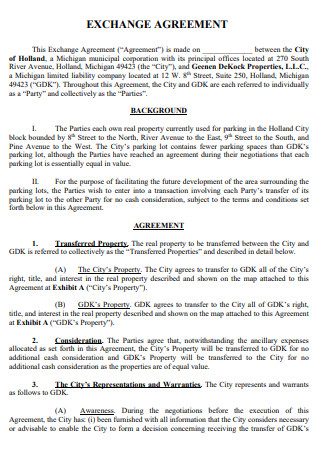
Sample Exchange Agreement
download now -

Simple Exchange Agreement
download now -
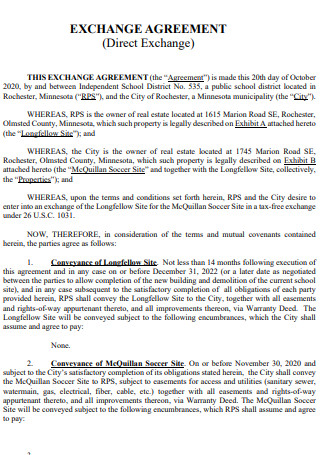
Direct Exchange Agreement
download now -
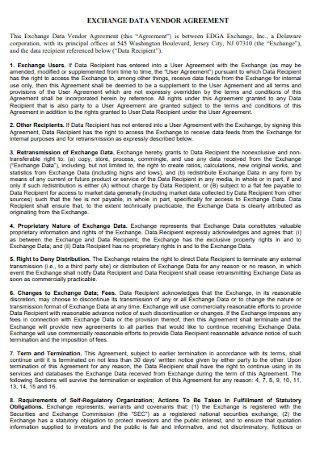
Exchange Data Vendor Agreement
download now -
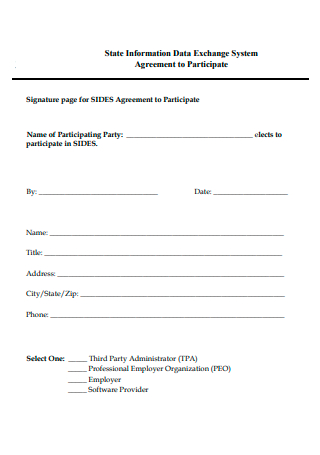
Data Exchange System Agreement
download now -
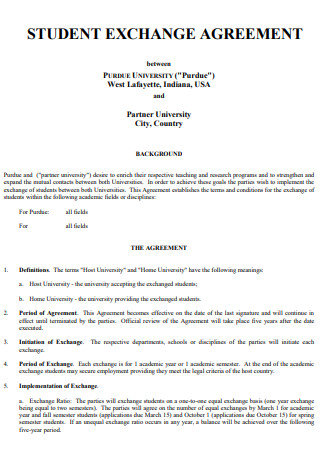
Student Exchange Agreement
download now -

Foreign Exchange Transaction Agreement
download now -
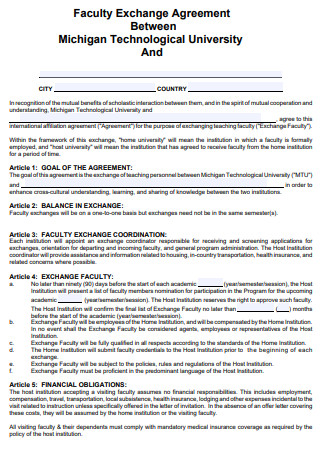
Faculty Exchange Agreement
download now -
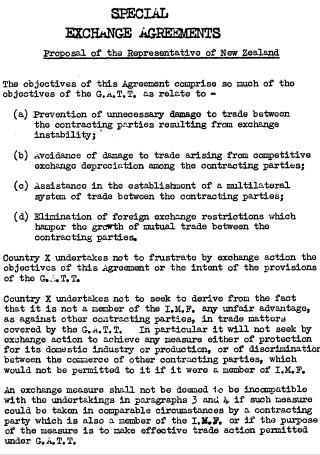
Special Exchange Agreement
download now -
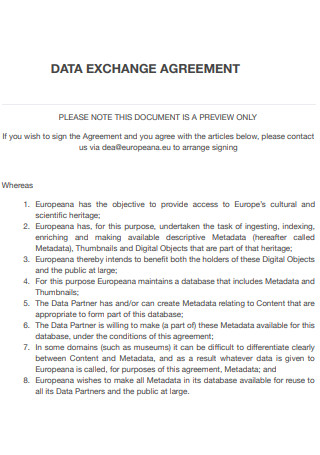
Data Exchange Agreement
download now -
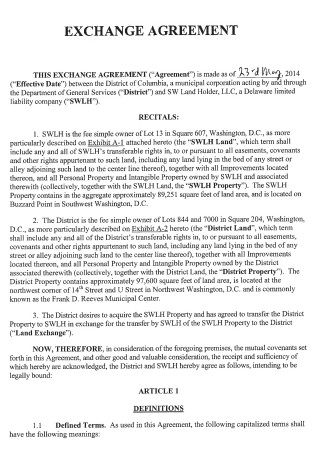
Basic Exchange Agreement
download now -
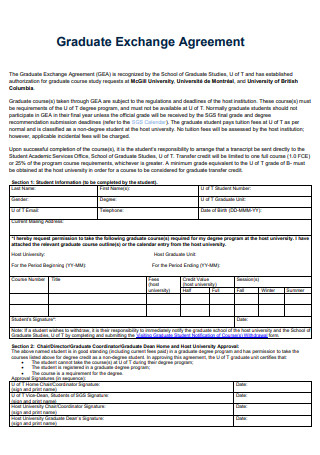
Graduate Exchange Agreement
download now -
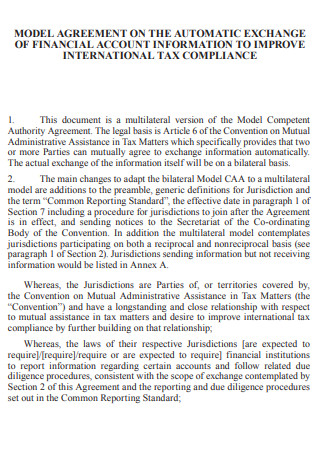
Auromatic Exchange Agreement
download now -
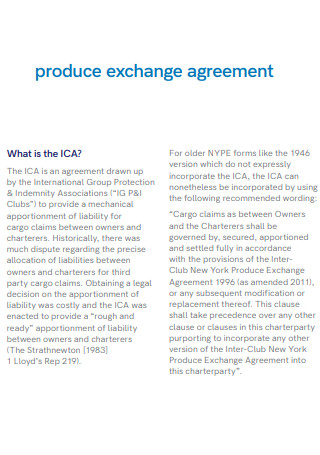
Produce Exchange Agreement
download now -
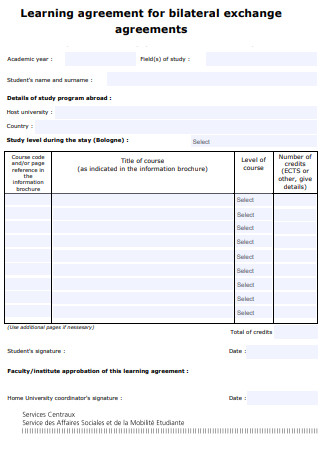
Bilateral Exchange Agreement
download now -
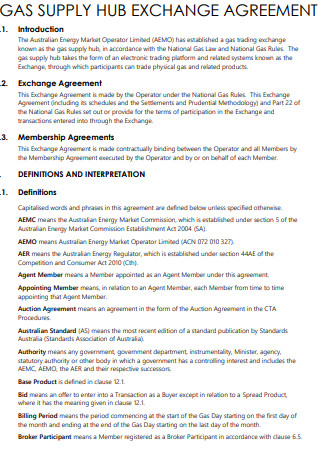
Gas Supply Hub Exchange Agreement
download now -
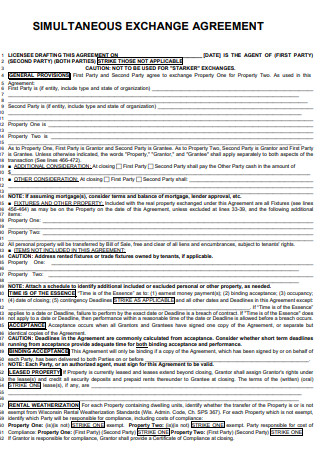
Simultaneously Exchange Agreement
download now -
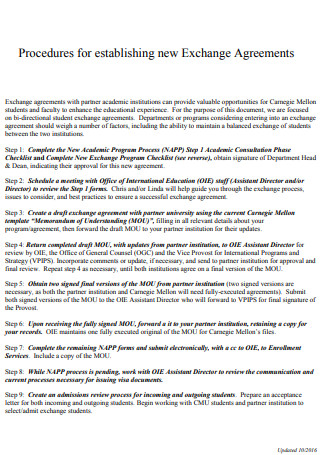
New Exchange Agreement
download now -
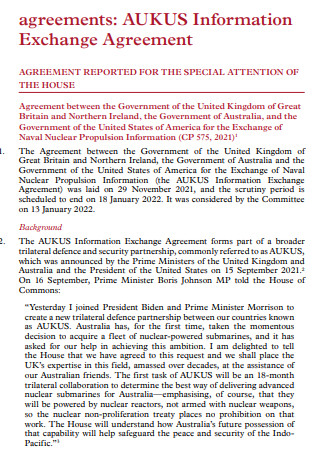
Information Exchange Agreement
download now -
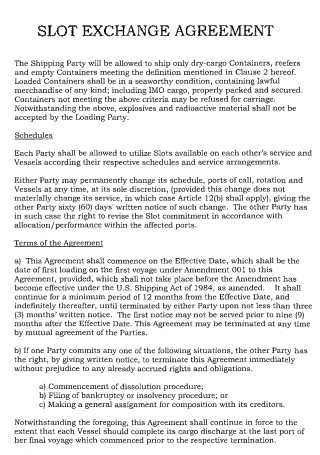
Slot Exchange Agreement
download now -
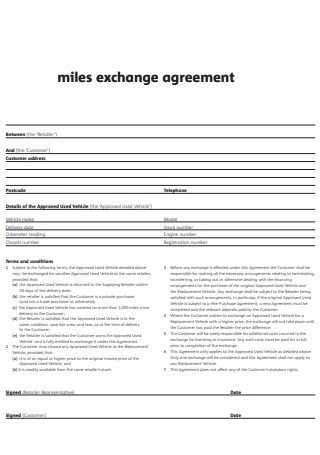
Miles Exchange Agreement
download now -
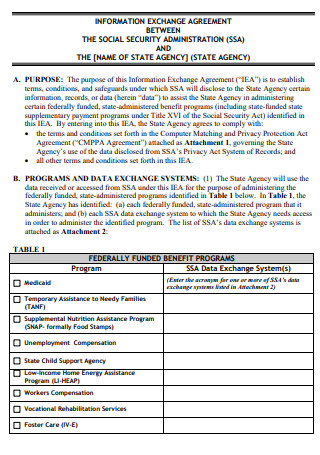
Administrative Information Exchange Agreement
download now -

Travel Preparation Plan Exchange Agreement
download now -
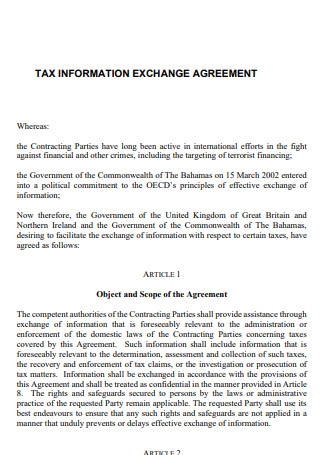
Tax Information Exchange Agreement
download now -
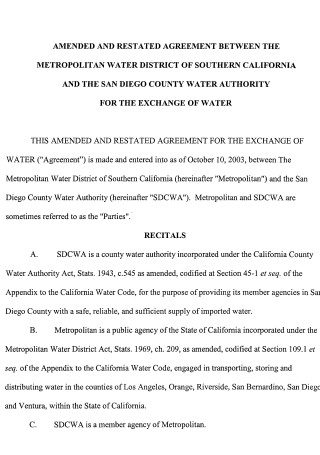
Exchange of Water Agreement
download now -

Model Exchange Agreement
download now -
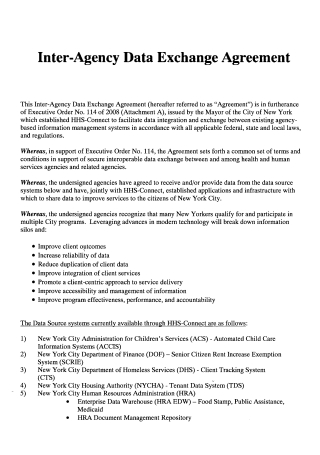
Inter Agency Data Exchange Agreement
download now -

Exchange Program Agreement
download now -
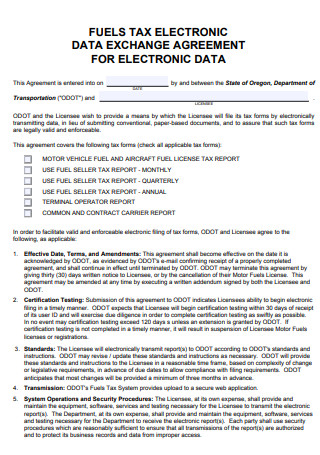
Exchange Agreement for Electronic Data
download now -
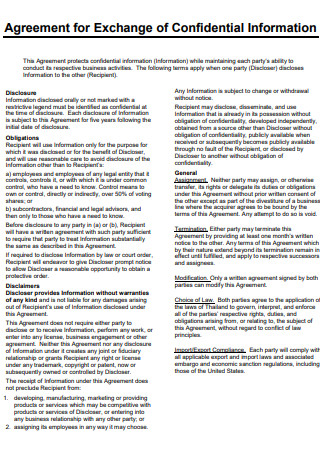
Confidential Information Exchange Agreement
download now -
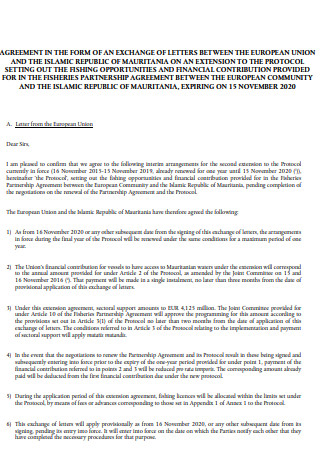
Exchange of Letters Agreement
download now -
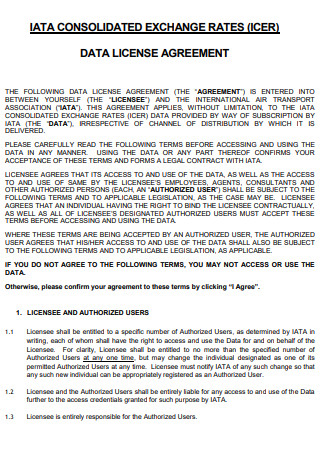
Consolidated Exchange Rates Agreement
download now -
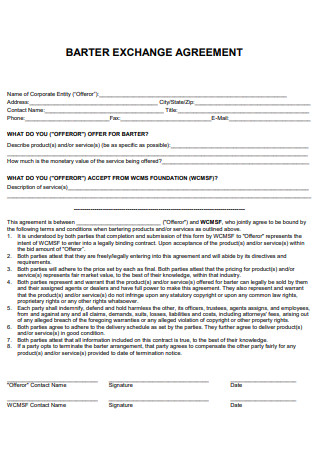
Barter Exchange Agreement
download now -

Currency Exchange Agreement
download now -
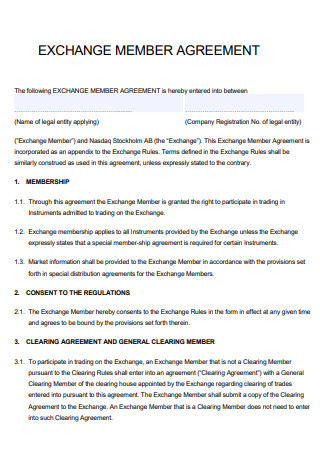
Exchange Member Agreement
download now -
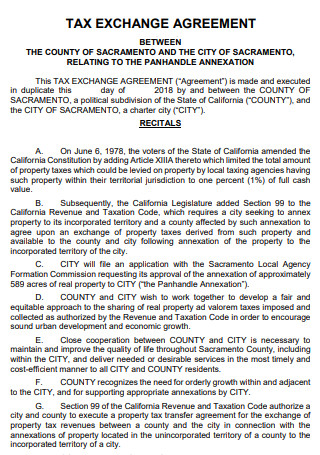
Tax Exchange Agreement
download now -

Exchange Requirements for Subscriber Agreement
download now -
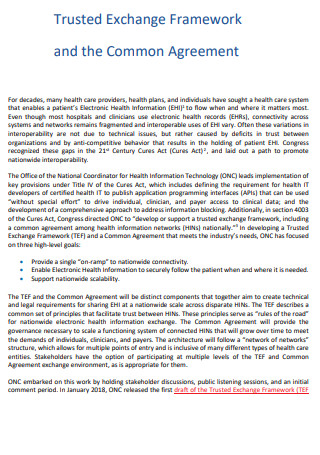
Trusted Exchange Framework and Common Agreement
download now -
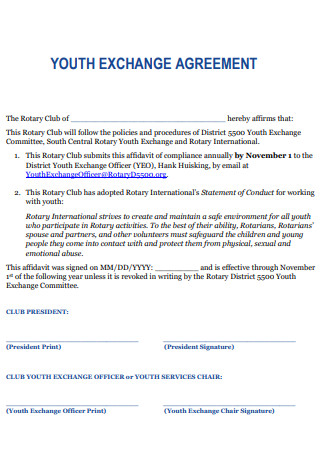
Youth Exchange Agreement
download now -
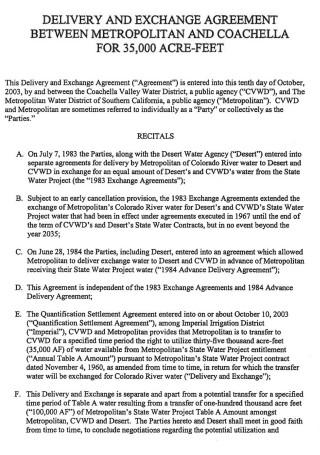
Delivery And Exchange Agreement
download now -

Blanket Exchange Agreement
download now -
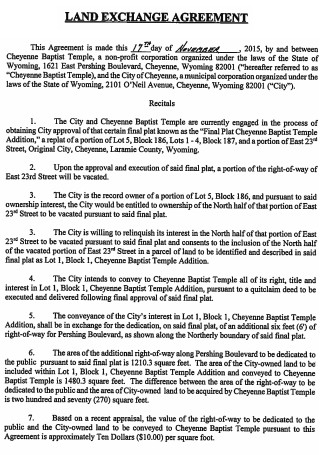
Land Exchange Agreement
download now -
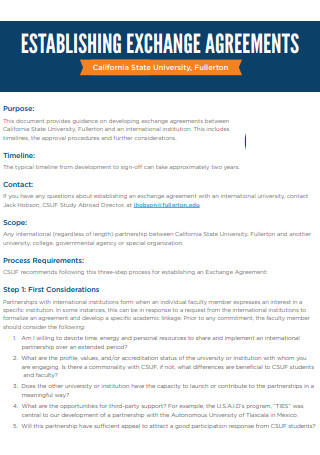
Establishing Exchange Agreement
download now -
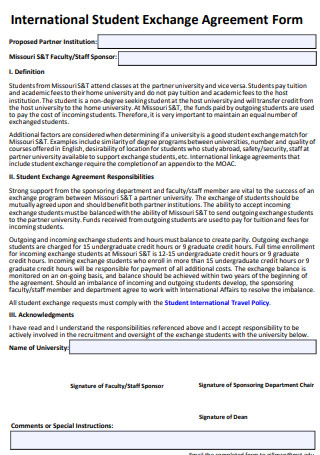
International Student Exchange Agreement Form
download now
What Is an Exchange Agreement?
When two people have something they want to exchange, they employ an exchange agreement. It could be a house, a product, or even a service. The substance and terms of the agreement will differ, especially if payment is involved. It is best to specify any contract termination and modification conditions. It should also specify if the exchange of valuables entails the transfer of ownership rights.
Methods of Exchange
People practiced exchanging in the early medieval period, as indicated by archeological and historical evidence. Before public marketplaces are even created, there is an interchange of goods. It could be merely between neighbors, rather than between traders. It would still be a transaction. Nowadays, most of the exchange takes the form of monetary value. A house purchase, for example, is still seen as an exchange. Purchasing anything in a market is an exchange of money and an object. That is the most seen mode of transaction currently. Aside from that, there are various methods of exchange. Let’s see them below.
Benefits of Exchange Programs
A high school or college student may participate in an exchange program. That is, they would go abroad to study at a partner institution with their school. They may, however, be required to apply for that and meet the specified qualifications. Being a foreign exchange student is a fantastic opportunity. You can not only go to other countries, but you can also learn about the differences between them and your own. It’s fantastic to be exposed to diverse cultures. So, what are the other advantages of exchange programs? Let’s go investigate.
How To Make an Exchange Agreement
When two people want to exchange valuables, they enter into an exchange agreement. It could also be services in exchange for an object or property. Normally, transactions occur daily without the requirement for an agreement. Two persons, on the other hand, can always enter one to ensure that both parties respect and stick to the agreement. It would be difficult to hold one party accountable if someone did not follow through on what was agreed upon. As a result, an exchange agreement can be used in this situation. And here are the measures to take to complete them.
-
Step 1. Point Out the Parties Involve
An exchange agreement is usually made up of at least two parties. That is the only way a transaction can take place. This identification is typically made in the agreement’s first section. It would include the names and a brief description of the two parties involved in the agreement. Following their name or identity, a brief descriptor to be used throughout the agreement. It would specify who entered into the arrangement and who it is between. If it’s for a business, use the official company name. The agreement could also be signed by a city or municipality representative.
-
Step 2. State the Recitals
Recitals are like a preamble that does not contain any legal responsibilities. It is simply factual information offered as a reference. It is an introductory statement that reveals both parties’ intentions as well as the purpose of the agreement. A recital could help illustrate the goal of forming an agreement for the reader of the agreement before getting into the entire deal.
-
Step 3. Term Agreement
This section should include a list of all terms agreed upon by both parties. It includes any rights conditions, termination, modification, and invalidation of the exchange agreement. It could also include the exchange’s date or schedule. As well as specifying what else will be transferred at the time of the transaction. For example, if it involves a swap of mortgaged houses, it should be specified which party will continue to pay. And any violation would result in legal action. Many clauses would clarify principles such as criteria and constraints. In addition, rights must be granted. Any term can be implied, either expressly or implicitly.
-
Step 4. Dates and Signature
Both parties’ signatures appear at the bottom of the agreement. In addition, the date it is signed and the date the agreement is issued are included. To avoid confusion, each signatory’s name should be stated.
FAQS
Why Is an Exchange Agreement Necessary?
An exchange agreement is necessary since it specifies the terms of the transaction. It clarifies which items, properties, or services will be exchanged. In addition, all parties involved must be identified.
What Are Exchange Methods?
Exchange methods include barter, monetization, market, contracts, and fairs.
What Is the Definition of a Foreign Exchange Market?
A foreign exchange market is where the exchange rates for each currency are determined. It is also a platform where people purchase, sell, and exchange currencies for a set price. It is a currency trading market.
Living in a money-driven environment teaches us how to haggle for a better deal. It began with natural resources and progressed to products exchanged for services or in gold and silver. It is now commonly exchanged for money. And here is where an exchange agreement template for your exchange agreement comes in handy. Browse and download now!
